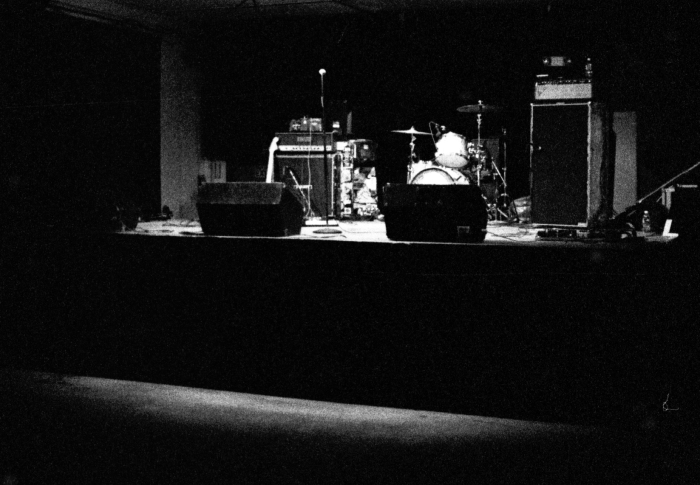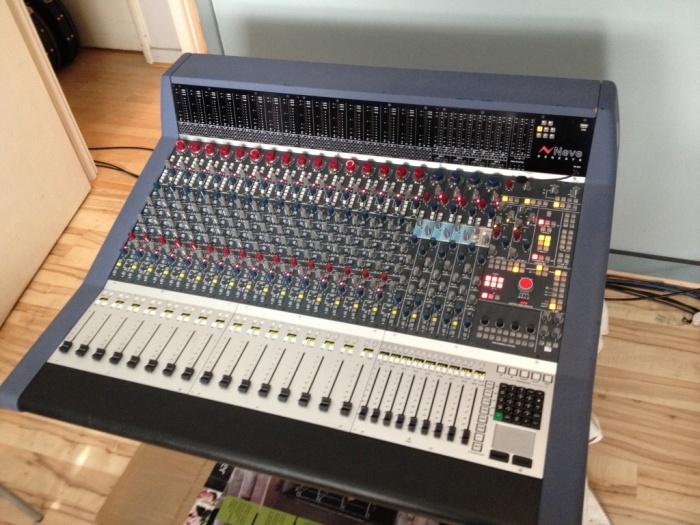This trimester at SAE has been a challenging yet rewarding one. I write this at the time of finishing the trimester 4 at SAE Melbourne after completing 3 intensive units on post-production, music production and an introduction into live sound engineering. Furthermore we were tasked with having to create a podcast in regards to the Melbourne music scene. All of this was condensed into a 12 week schedule, which was a fast paced, but did cover plenty of different avenues that are all a part of the audio industry.
Over the different intensives I performed well at the majority of tasks I was faced with. During post I was quite happy and content with my researching skills and then problem solving when recreating a variety of gun sounds in the film “Saving Private Ryan”. They felt believable after some trial and error, and layering of different sounds in Protools. Whilst the majority individual elements in this project worked well, the final mix was really lacking a sense of overall cohesion and impact that needed to be in a war film. In considering my groups short comings it is important to keep in mind that we attempted a difficult film scene to recreate, and we were exposed to a wide range of techniques involved in trying to recreate the plethora of sounds we were tasked. I think in hindsight I would rather chose an easier scene and make the sound as professional as possible than chose a difficult scene and create an audio accompaniment that falls short of the original. I think the first approach would go a further way to building confidence in a post-production setting and provide content for a resume/show reel in comparison to the thrown into the deep end approach we took.
In the Music Production intensive I performed well when creating and molding ideas. I took the chord progression which we came up with in week one and crafted a bassline, drums and some subtle supporting elements which ended up being the foundation of our song. It gave me some confidence pulling out those ideas in such a short period of time and then watching us slowly build an entire song around that was a confidence booster. I also felt like I performed well on the neve and in pro tools when tracking.
In live sound engineering I think what I performed best at was learning the process and procedure to set up the sound stage in three short weeks. From here I was also happy with my communication skills being able to accurately articulate myself when my teams needed clarification in setting up the sound stage.
For the podcast assessment I performed well as a team member, writing interview questions, setting up for live recordings and being an all-round team player.
Throughout this trimester I learned plenty of new skills and information. During post production I learned a lot about field recording/interview recording and the different roles associated with film and television in relation to audio. I also learned about foley sound and gained an overall “DIY” outlook when approaching the recreation of sound for associated visuals. The process of rerecording sound for video gave me greater appreciation for voice actors/artists. I wish I had become more familiar with the D-Command console during post production as I didn’t get to focus too much time on learning that console.
During the music production intensive the most important thing I learned was how to operate the Neve Genesys console. It was a challenge to virtually learn a console in one day and be expected to use it the next week but I feel that I was successful in quickly learning the operation of the console. In this intensive I also learned an effective way to record live piano, and got a greater experience using outboard gear as opposed to plugins. Learning more about each group member was an important part of this assignment and I learned plenty about each member’s strengths and weaknesses and how everybody could collaborate effectively.
In the live sound assessment, I learned plenty about the workflow of a live show and how each piece of equipment interacts with the next to ensure a live performance goes smoothly. Live places an emphasis on preparation and time management, whilst also placing a high priority on precision and a high work rate. I learned a lot about organization and the importance or practice in this unit, because without organization and a familiarity with the process involved in setting up live sound, it would be near impossible to fix an issue if one happens to arise in the setup for a gig.
During the podcast our group came up with a relaxed concept which taught me that it was possible to set up something nice and easy but still carry an official flavour to it. We interviewed three Triple J supported artists, which while it may seem insignificant, it’s definitely a benchmark for young music in the country.
This trimester I enjoyed the variety which we got to experience as a cohort. I think being able to experience all sides of the audio industry was a really good way to expose us to different places the course can take you, but I feel as if it could have probably come in an earlier trimester, in particular the post/live units considering many students have been interested in these classes since they began the course, it may have sustained their engagement in the course.
I really enjoyed the music production and live sound intensives. Music Production was one of the first times I felt as students we had the greatest creative control over music making with close guidance from an audio professional in our tutor. It was affirmation that what we were doing was quality and that we were working the right direction. If we got stuck our tutor was more than happy to supply us with ideas and to help re-engage us and focus our direction. Live sound was a really authentic part of the course, and felt like the most transferable skill we have learned so far. Learning the setup for a live show was broken down into easily manageable steps and there was a real sense of accomplishment when the group got the whole PA and monitoring systems set up.
I think what I would have enjoyed more was if each intensive we got to switch the groups up so that we had to work with a greater variety of people, which would be a greater replication of the real world.
Overall I wouldn’t say this unit has affected my career plans too much as I have always felt I need to multidisciplinary. I think if anything this unit has solidified that train of thought more through exploring all the different places that being an audio professional can take you.










